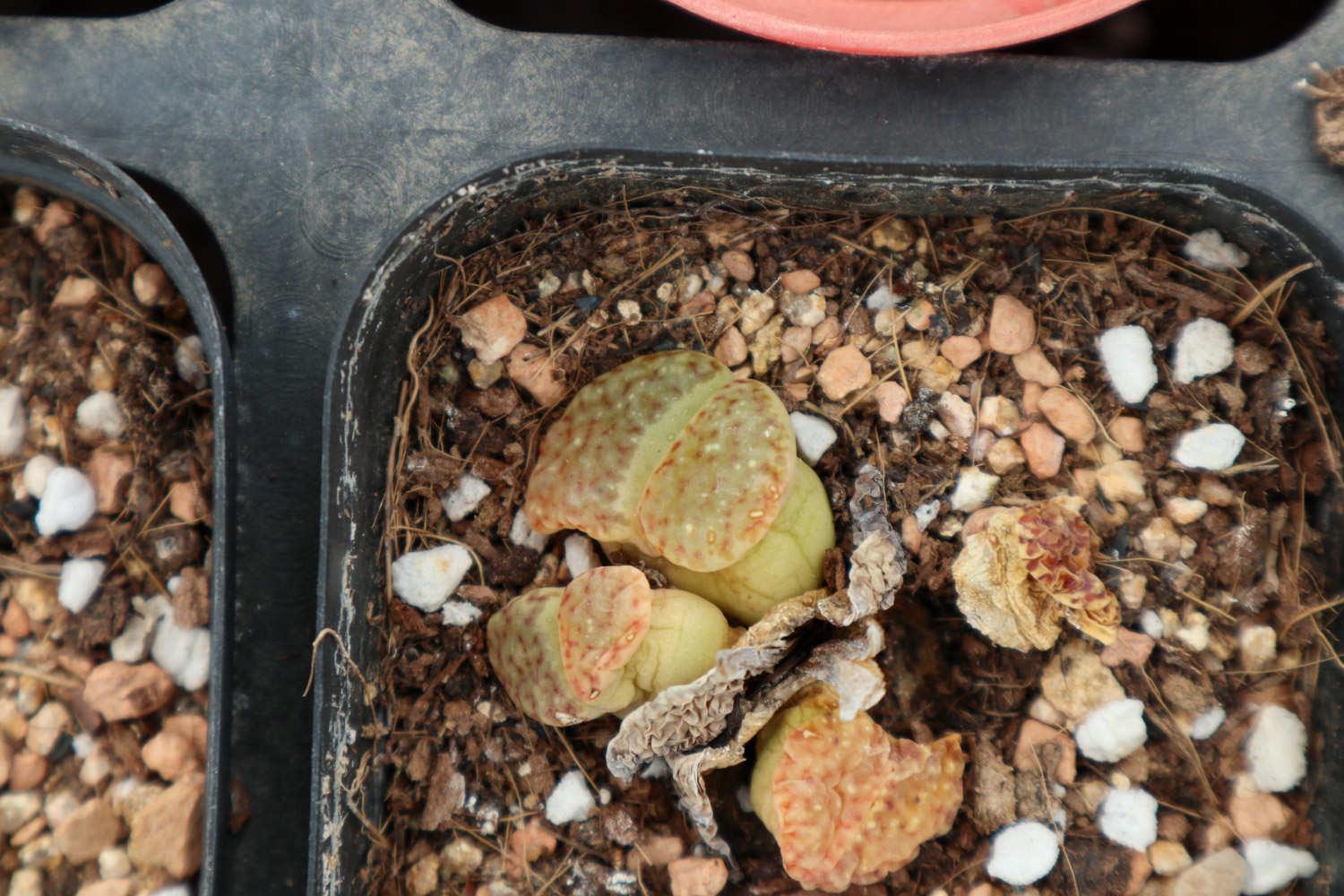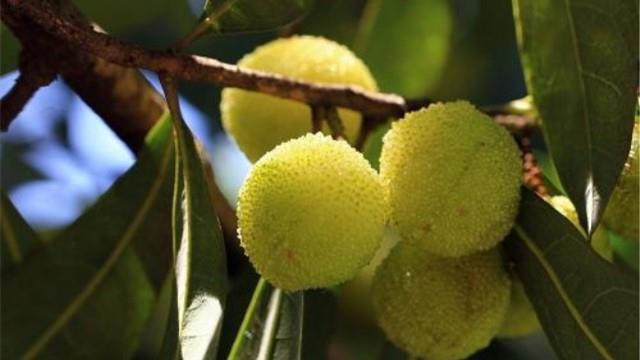Lithops cultivation methods and precautions
Last Update :2024.11.17
Article Catalog
Water and fertilizer requirements
Light temperature requirements
Lithops are strange in shape, resembling stones but not stones, rich in color, petite and exquisite, and extremely novel. They are world-famous small succulents. When they bloom in spring and autumn, their white, yellow or pink flowers cover the entire plant. It's very interesting. Let me introduce to you the methods and precautions for cultivating Lithops.

soil requirements
Soil requirements
Lithops does not have strict requirements on environmental conditions, and its cultivation and management are relatively easy. Ordinary succulent planting soil will suffice, usually 4 parts of humus soil, calcareous materials (shell powder, eggshell powder, old gray wall scraps, etc. ) 3 parts and 3 parts of river sand are mixed and prepared.
Repotting requirements
Lithops are repotted and planted in autumn. When repotting, take the plants out of the soil, shake off the soil from the roots, and try not to damage the capillaries. root. Cut off the old roots that have rotted and dried out, and then plant them in new soil. Lithops are highly adaptable, and different varieties of lithoplas are not mutually exclusive. Different varieties can be planted in one pot.

Water and fertilizer requirements
Spring From 2 to 4 months is the molting period of Lithops. At this time, fertilization should be stopped and watering should be controlled to make the original old skin dry up as soon as possible. Some people like to peel off the old skin directly with their hands when the Lithops shows signs of molting, so that the small plants inside can receive sunlight as soon as possible, promote their growth, and make them short and stocky. However, inexperienced growers may injure the plants, so be careful when handling. Apply compound fertilizer once after the plant molts to promote healthy growth of young plants.
Watering time is generally in the evening or early morning when the temperature is low. Do not water during the day when the temperature is high to avoid damage to the plants due to a sudden drop in temperature. Rain should be avoided during cultivation, especially long-term rain or heavy rain, otherwise the top of the plant will break due to excessive water absorption. Avoid keeping the pot soil in a humid environment for a long time, as moss will easily grow in the pot.

Light and temperature requirements
Lithops like sunlight, but are intolerant of strong light. The leaf color will be more beautiful when it is maintained in a semi-shade place in summer, or when it is shaded 50%. In spring and autumn, when the temperature is not very high, it must be given direct sunlight to facilitate its photosynthesis and accumulation of nutrients. In winter, place it indoors in a brightly lit area for maintenance.
The optimal growth temperature of Lithops is 15℃~25℃. It is afraid of high temperatures and sultry temperatures. In summer, the temperature is 33 When the temperature is above ℃, it enters sleep mode. In winter, the temperature must be controlled above 10℃ to survive the winter safely. If the temperature drops below 7℃ in winter, it will also enter a dormant state. If the ambient temperature is close to 4℃ , will die from frostbite.
Notes
Since the root system of Lithops is not developed, it is best to grow it in a small pot, and the pot should not be too deep, 8~ 10cm is enough.
The best growth period for Lithops is from late autumn to the following spring. This is the most critical period for maintenance and also the growth period. The high temperature in summer is not suitable for its growth, so it is a dormant period. Therefore, during maintenance, pay attention to water and temperature control during the growth period and dormancy.
Repot requirements
Water and fertilizer requirements
Light temperature requirements
Precautions
- END -
How do Tillandsia reproduce?

The unique flower shape of Tillandsia is loved by many people. Recently, a friend ...
The difference between green bayberry and green plum

Leaf differences: Green bayberry leaves are thinly leathery, oval-obovate or short...